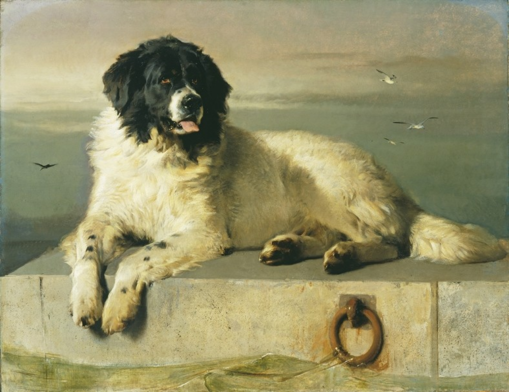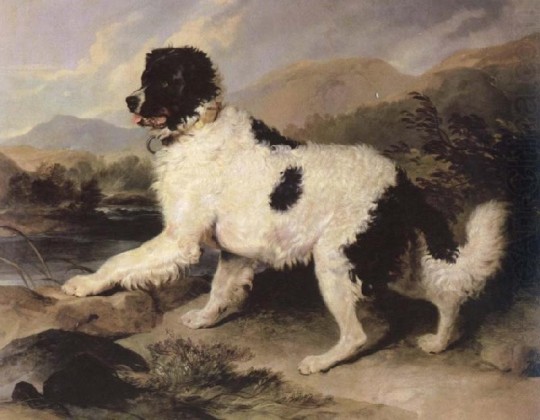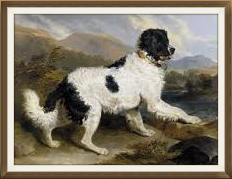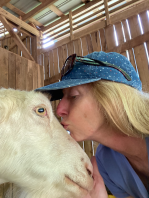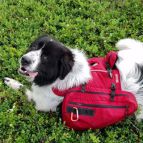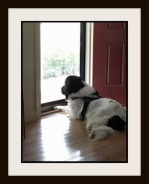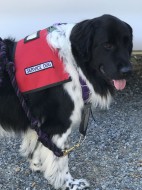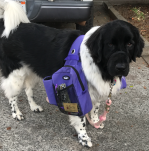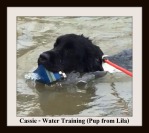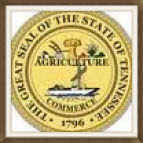Newfoundland Landseer History
NEWFOUNDLAND LANDSEER HISTORY
Newfoundland, Landseer or both? Actually there are 3 versions! The American Newfoundland Landseer, the European Newfoundland Landseer and the European Landseer ECT. The USA recognizes both European and American Newfoundland Landseer’s as just a Newfoundland but does not recognize the 3rd version, the Landseer ECT, as a version of the Newfoundland or even as a breed. The Landseer ECT may resemble the European and American Newfoundland Landseer in appearance but they have many different characteristics mainly regarding temperament and energy level. Landseer ECT's exhibit a dominant disposition that must be kept in check and are less reliable around children. Landseer ECT's possess a much higher energy level requiring regular extended exercise and have a tendency to roam. Whereas a Newfoundland Landseer is a very laid-back, submissive canine that resists being removed from its home territory at all cost. It prefers to stay at the side of the smallest family members at all times, keeping a watchful eye. It is only when their charge is in danger that they will then stand their ground and do it well.
The FCI (The Fédération Cynologique Internationale) known as The World Canine Association, recognizes the European Newfoundland Landseer and American Newfoundland Landseer as the same breed and the Landseer ECT as a completely separate breed for the reasons noted above.
There is much confusion as to which is which. This is due a great deal to the artist, Sir Edwin Landseer, portraying several large white and black dogs in his paintings. An example is the famous painting "A Distinguished Member of Humane Society" done by Sir Edwin Landseer in 1838. Dogs resembling them were eventually named Landseer dogs in honor of the famous painter. The dog that was portrayed in the painting is a stray named Bob but the model used was actually a European Newfoundland Landseer named Paul Pry and not what is called the Landseer ECT. Note that the original Newfoundland Landseers used in his paintings did not possess a blocky head with droopy lips and eyes that we see often in the current American Newfoundland Landseer. Those traits are a result of the incorporation of a second introduction of the Mastiff bloodlines by some American Newfoundland breeders. The Newfoundland Landseers painted also had ticking (black spots) on forelegs, muzzle or body - all still genetic traits of a Newfoundland Landseer. The Landseer ECT is completely void of these traits. Ticking is a genetic trait which is directly associated with temperament and specifically the exemplary temperament dependable with children that is associated only with Newfoundland Landseer's.
My focus at Rocky Valley Farm is to develop a line of pure American Landseer Newfoundlands based on the genetics of the original Newfoundland Landseer specifically regarding the genetics associated with that temperament and tighter lip. ECT Landseer dogs as described as "untiring runners". I breed the complete opposite type of temperament. It is a rare sight to see my dogs run off for they prefer to lay at the feet of their people. They exhibit complete unswayable devotion.

